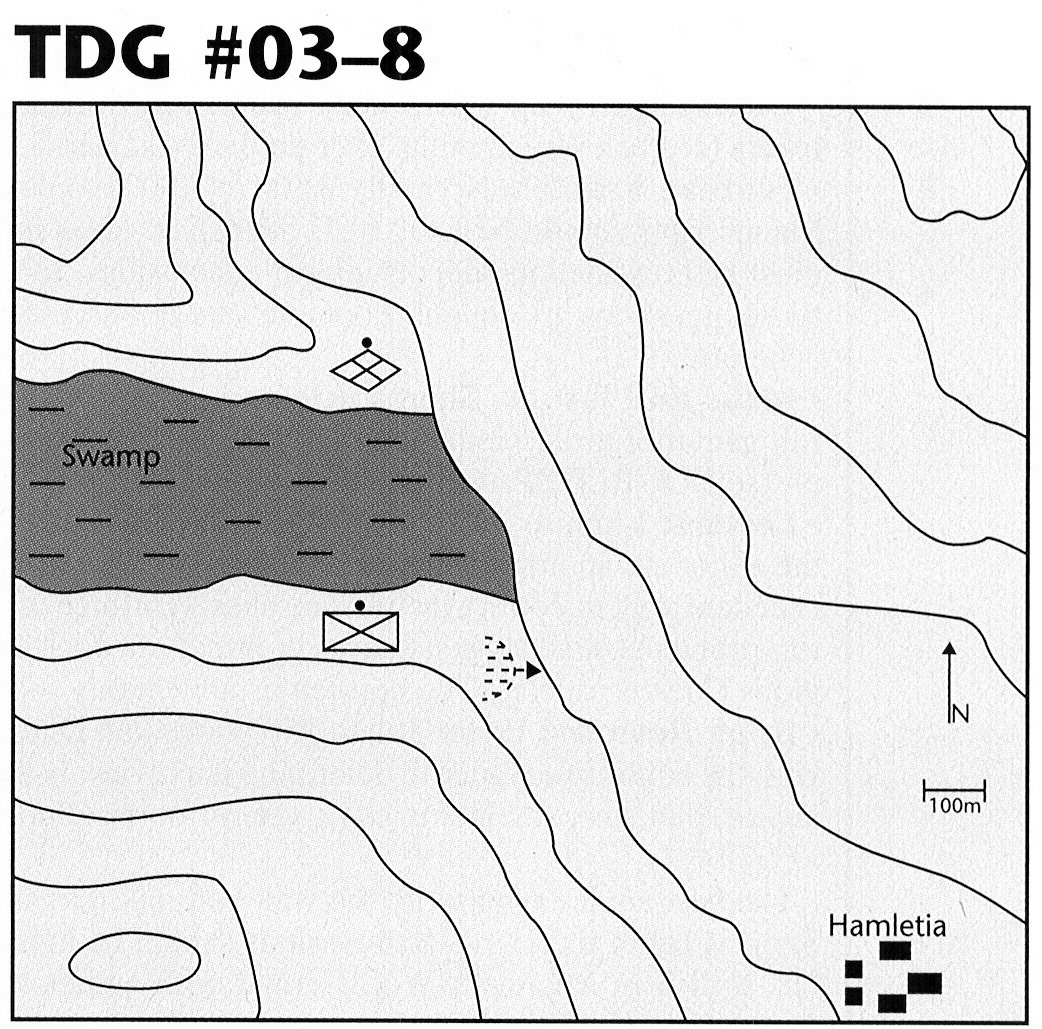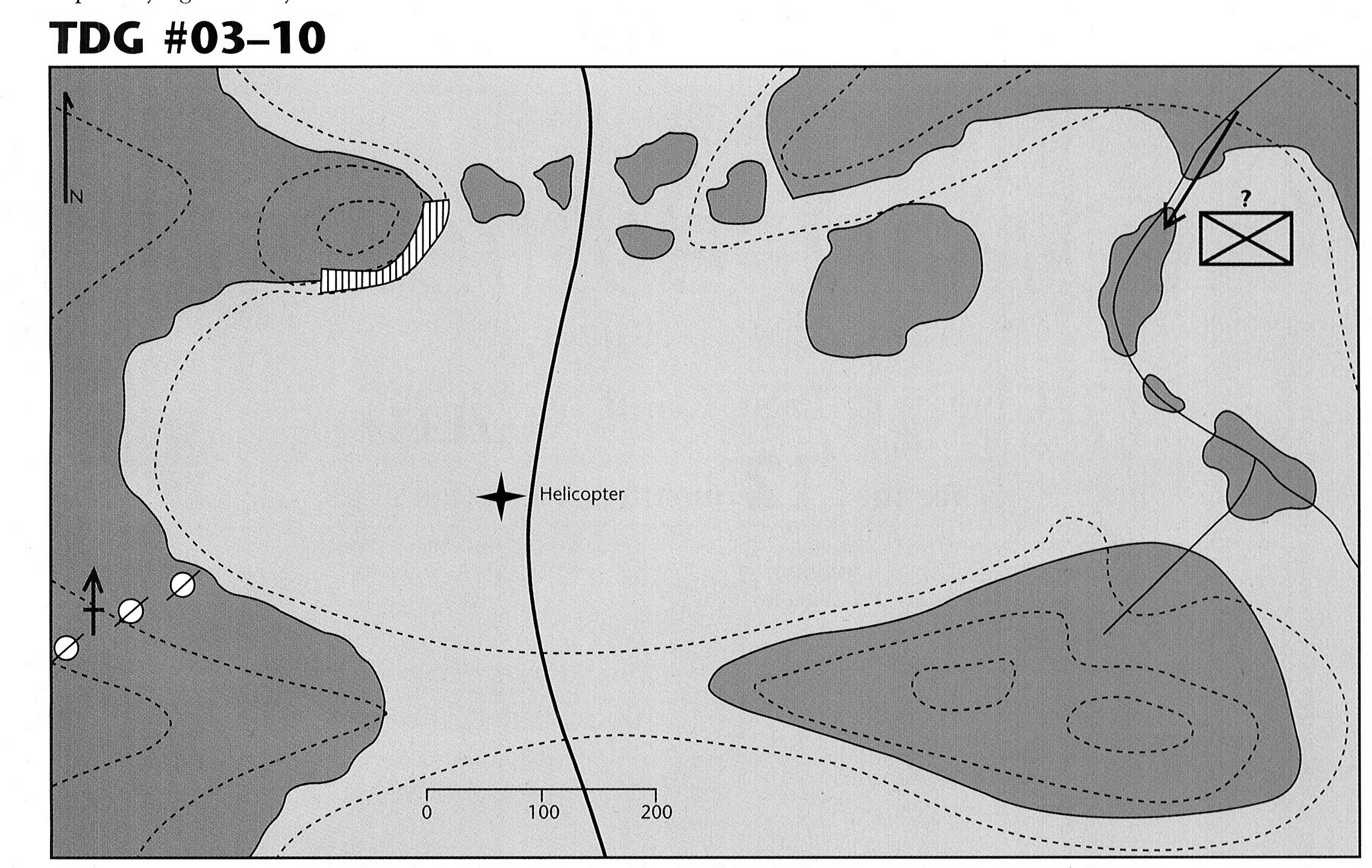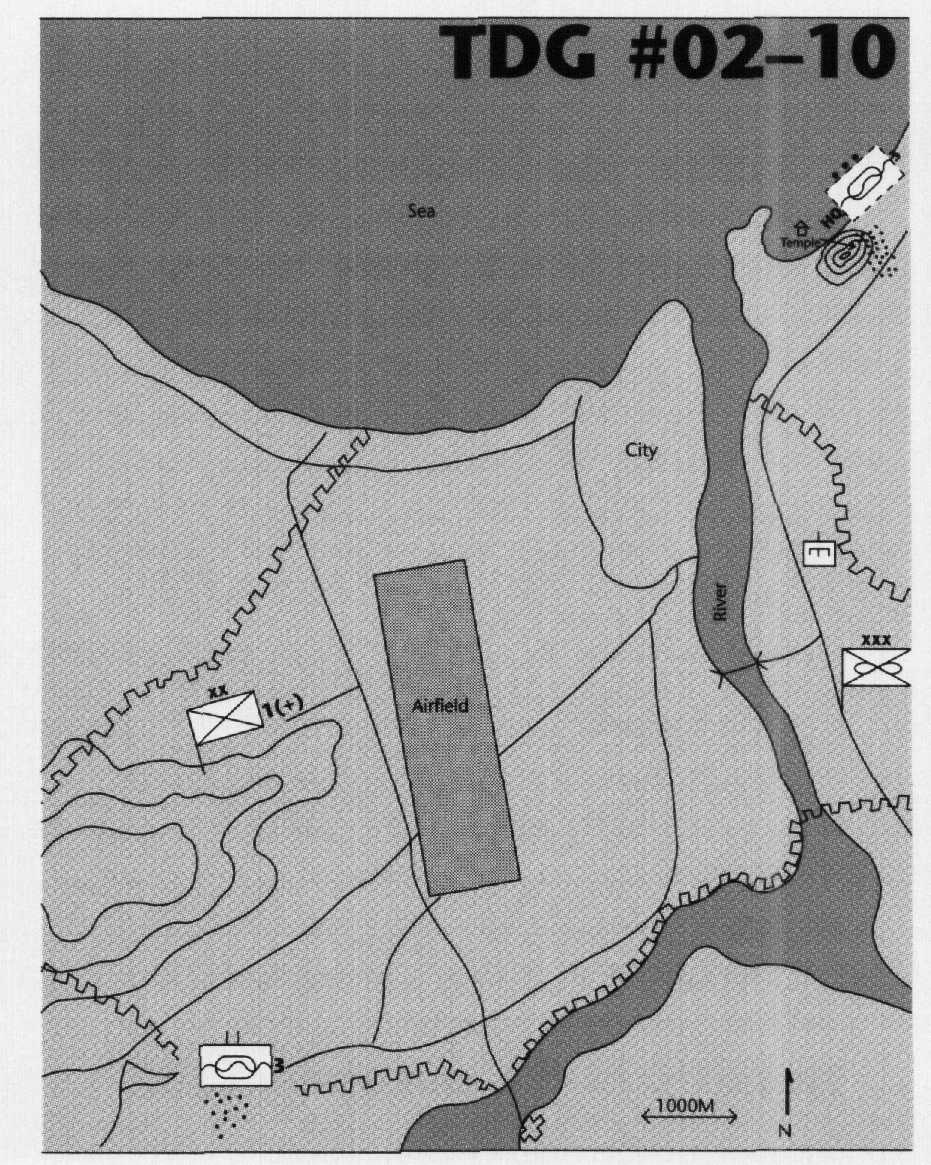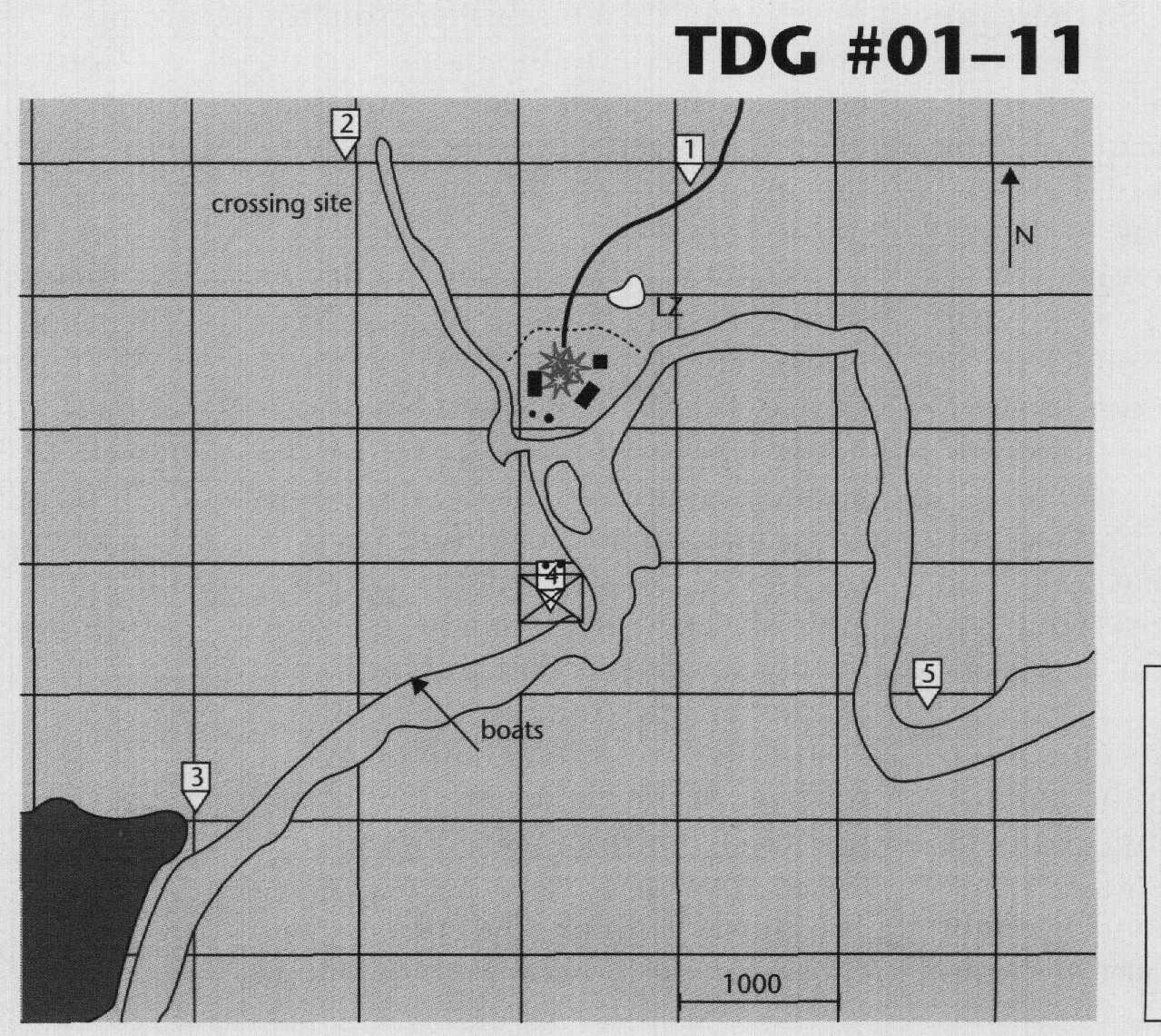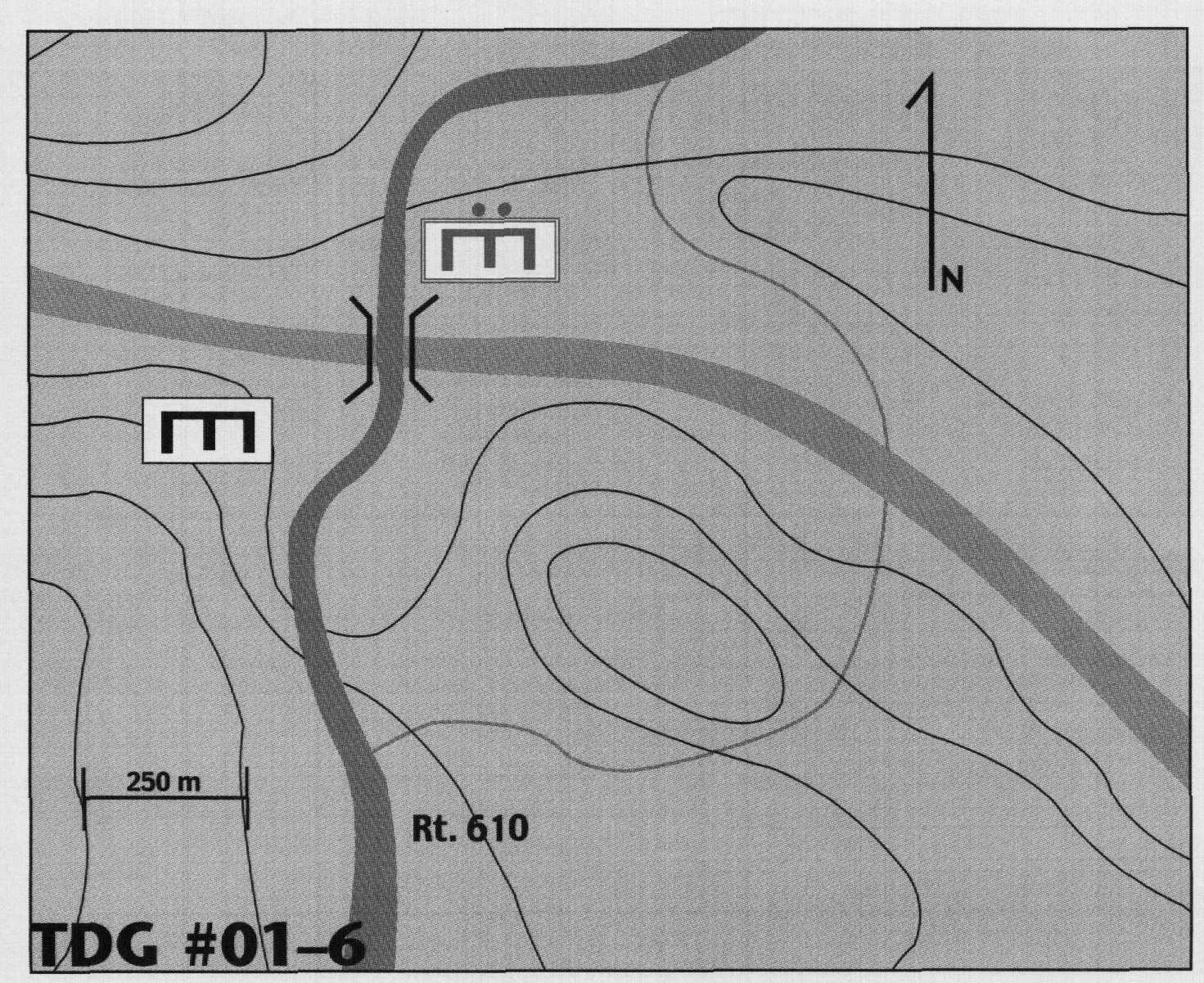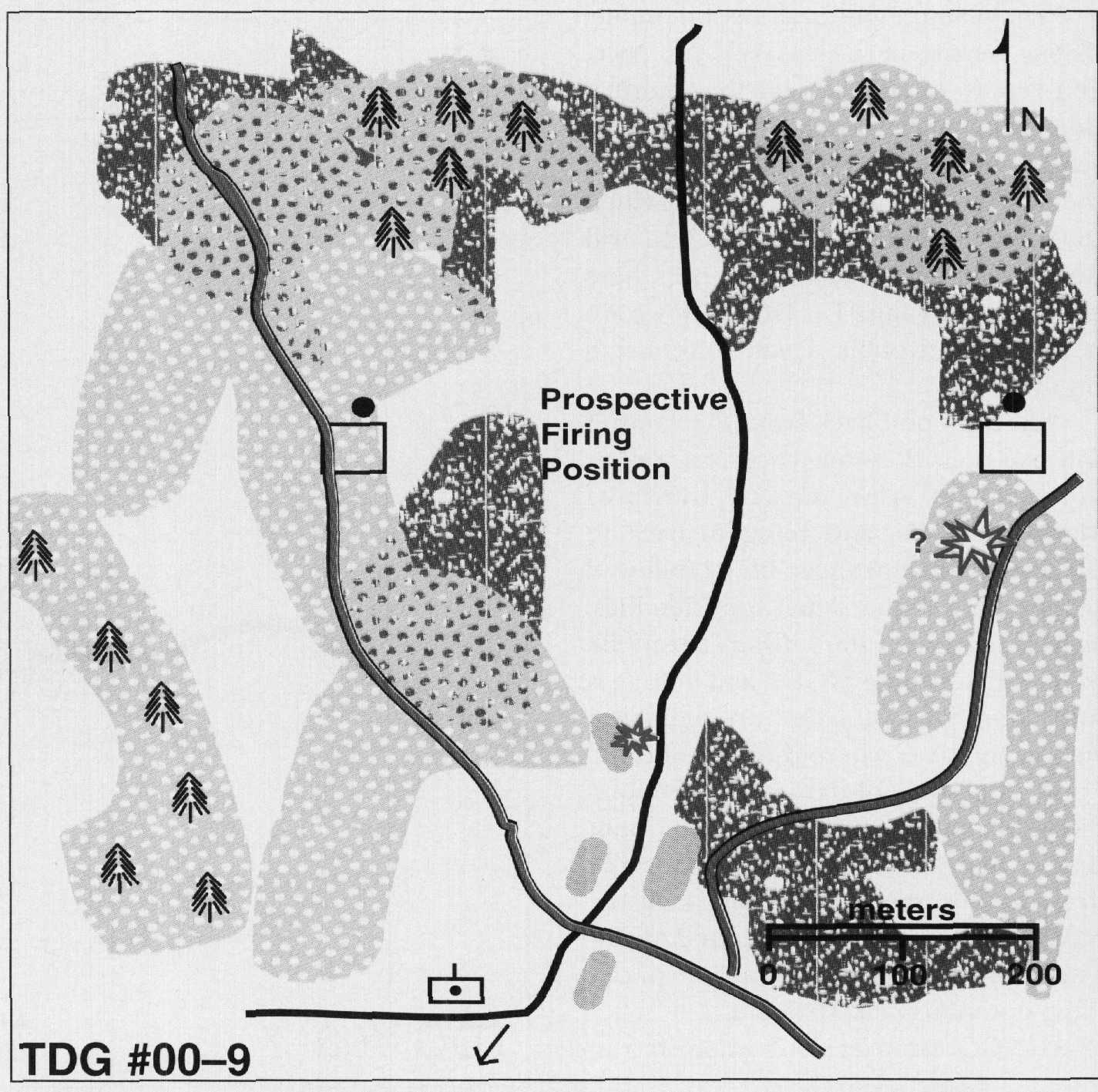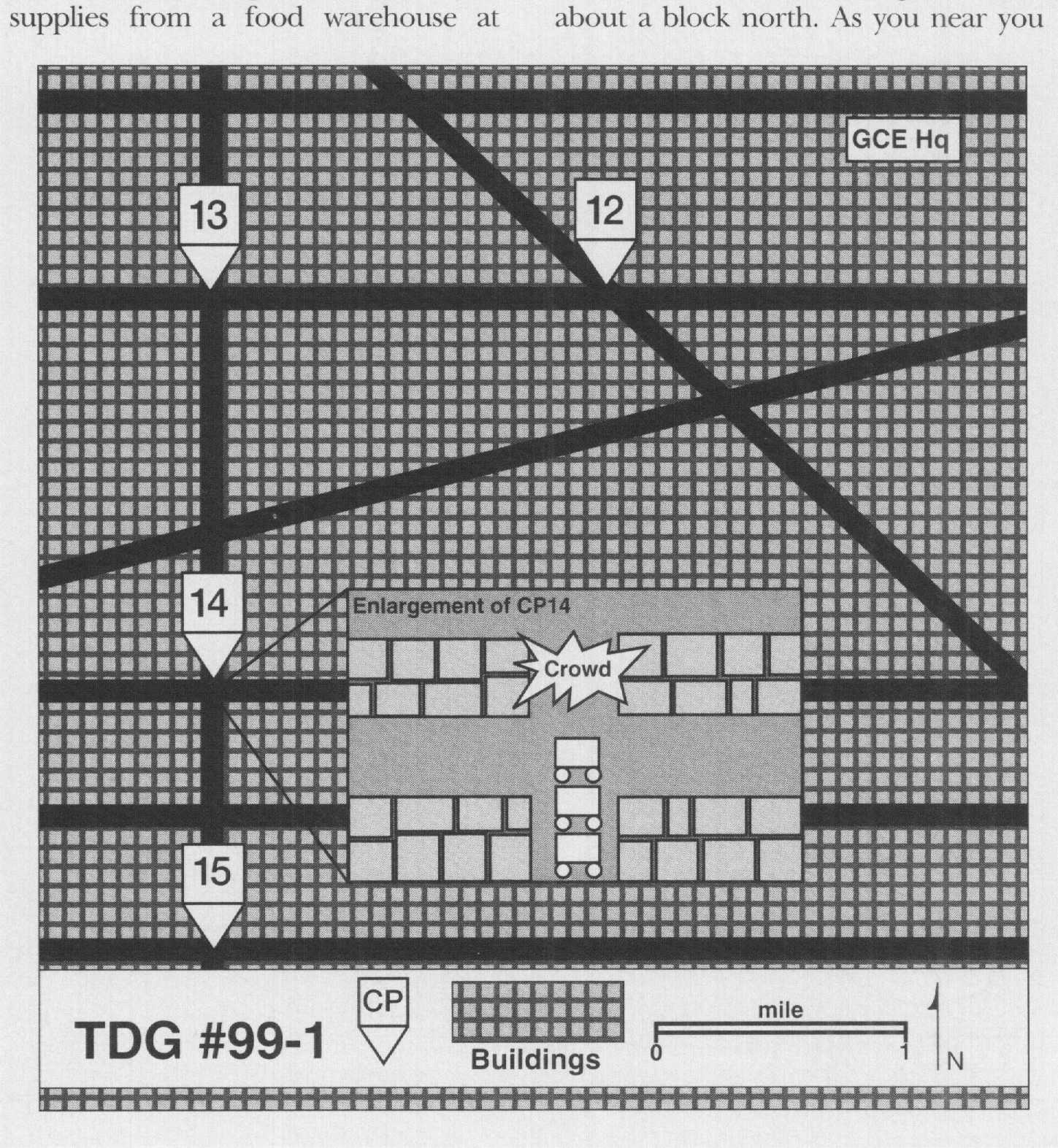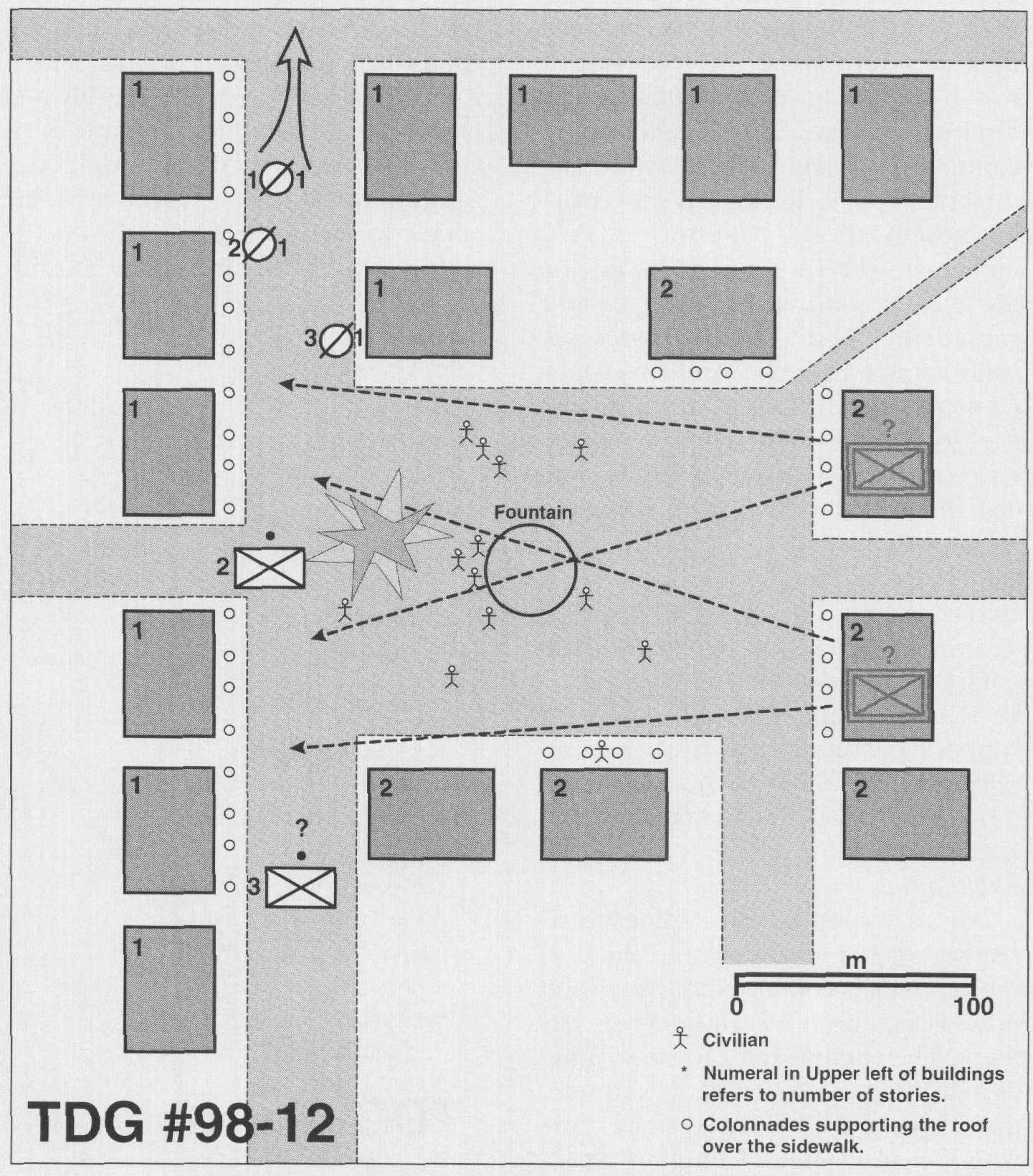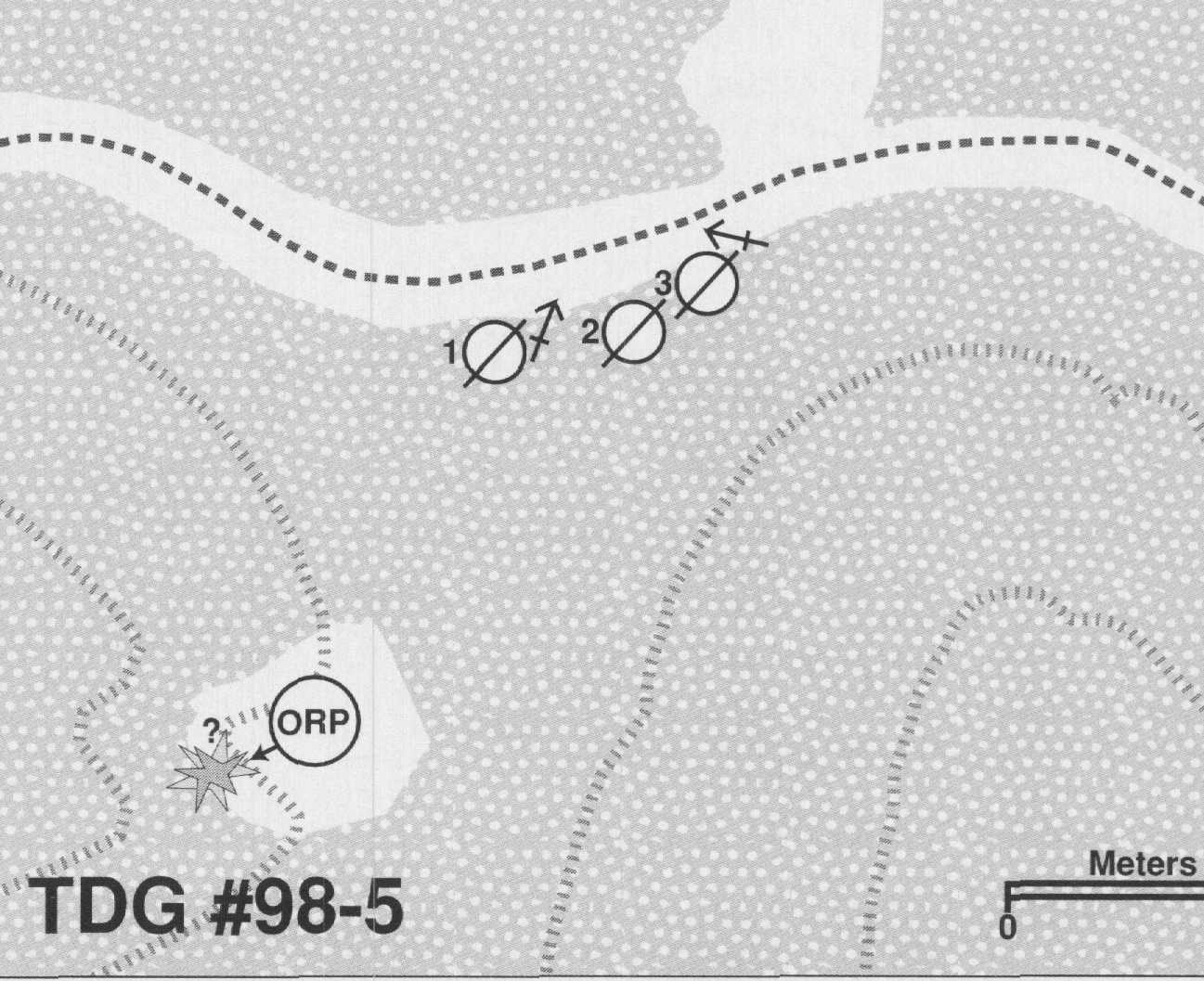Situation
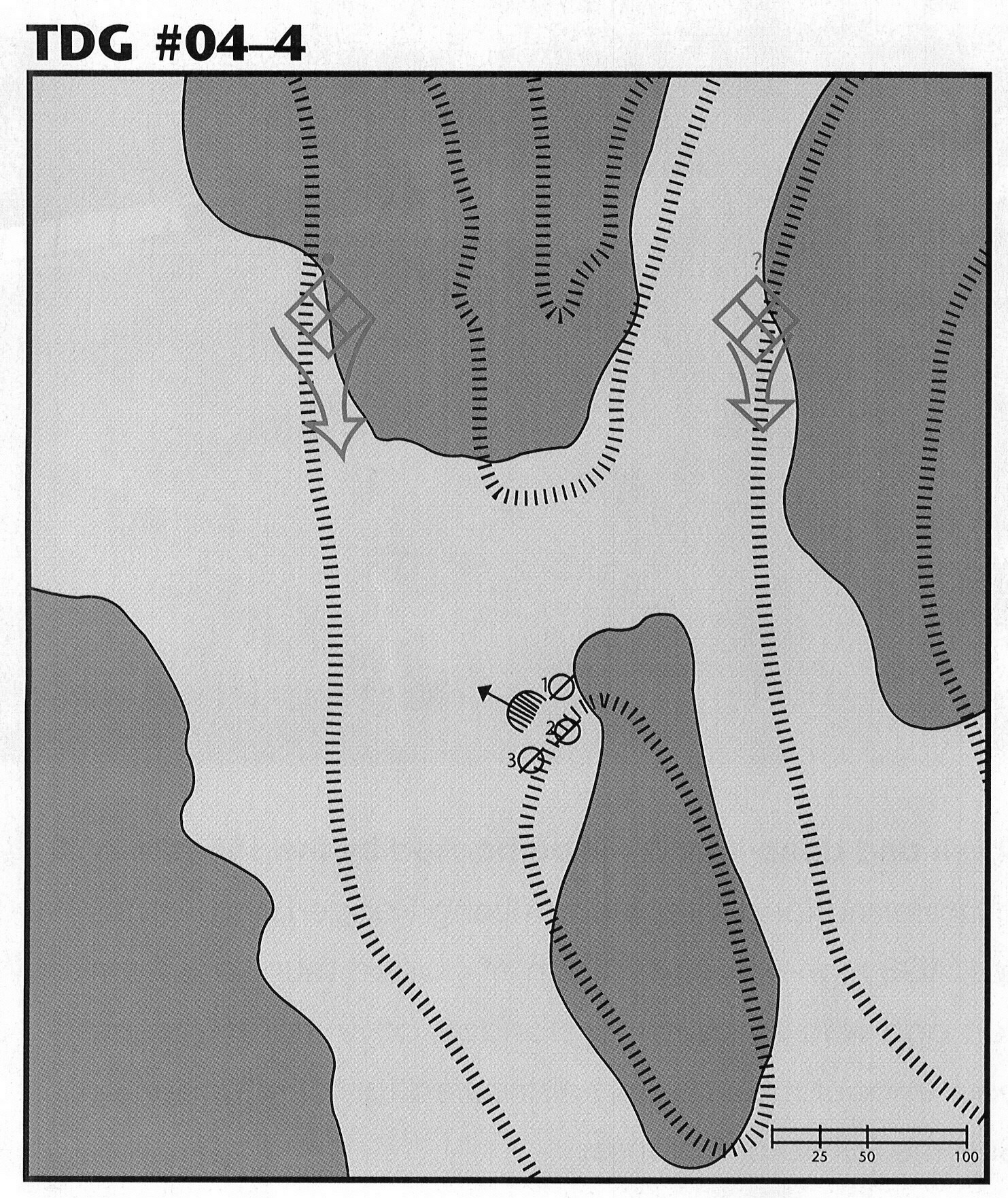
You are the 1st Squad Leader, 1st Platoon, Company F, 2d Battalion, 7th Marines (2/7). Battalion Landing Team 2/7 (BLT 2/7) is the ground combat element of the 31st Marine Expeditionary Unit that has landed at the port city of New Zeda in the country of Zedastan. The established government is struggling with counterguerrilla insurgency, and there have been numerous high-profile kidnappings, bombings, and assassinations in the past month. Conditions have deteriorated to a point requiring international intervention. The city is home to over 1 million people most of whom require humanitarian relief. The main enemy force, the Zedastan People’s Army (ZPA), retreated from the city upon the arrival of the Marines. ZPA is a large but untrained army with mostly small arms, machineguns, and a few mortars. They do have access to modern communications such as cell phones and global positioning systems.
The BLT is the security element for both U.S. and international aid organizations that are feeding the estimated 300,000 refugees. Company F has been tasked with ensuring that ZPA forces do not return to the city to interfere with humanitarian efforts. Your platoon has been tasked with conducting security patrols outside the city approximately 2 kilometers to the northeast. The terrain is heavily wooded with rolling hills.
Your squad has been on patrol for over an hour. The BLT perimeter and city outskirts are approximately 2 kilometers to the south. Your point man spots what appears to be an enemy patrol armed with small arms moving south toward your squad. You decide to establish an ambush and set your squad into hasty ambush positions oriented to the northwest. You radio higher headquarters and inform them of the situation. just as you are about to initiate your ambush (with a closed bolt weapon), the 1st Fire Team Leader points out another enemy unit moving toward and behind you. he counts at least six enemy with more following. He’s not sure how many. The team leader also notes at least one RPK (Soviet) medium machinegun. It is now 1730 and EENT (end evening nautical twilight) is 10 minutes away. What now, Sergeant?
Requirement
In a time limit of 30 seconds decide whether or not you will spring your ambush. Develop your scheme of maneuver for either case and rationale for your decision. Submit your solution and rationale for your action to Marine Corps Gazette, TDG #04-4, P.O. Box 1775, Quantico, VA 22134, fax 703-630-9147, or e-mail <[email protected]>.


